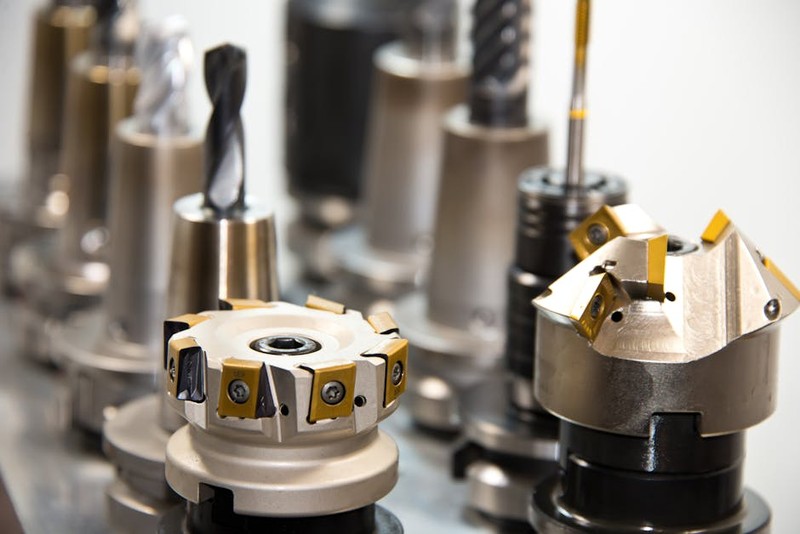The Hidden Complexity of Heavy-Duty Concealed Slides
Concealed drawer slides are the unsung heroes of high-end storage systems, but when you push them into heavy-duty applications—think industrial tool cabinets, medical equipment carts, or luxury safes—the engineering demands skyrocket. Most off-the-shelf slides fail under loads exceeding 150 lbs, and custom solutions require a meticulous balance of material strength, spatial constraints, and friction management.
In my 12 years designing hardware for aerospace and architectural storage, I’ve seen three critical pain points:
– Load distribution: Uneven weight causes binding or premature wear.
– Space optimization: Full-extension slides need to disappear when closed but handle dynamic loads.
– Material fatigue: Cheap steel or inadequate hardening leads to catastrophic failure.
Let’s dissect these challenges with data-driven solutions.
Case Study: A 500-lb Tool Cabinet Gone Wrong (and How We Fixed It)
A client commissioned a mobile tool cabinet for aircraft mechanics, demanding 500-lb capacity per drawer and a 100% concealed mechanism. Their first attempt failed spectacularly: slides buckled at 300 lbs, and the drawers jammed under vibration.
Root Cause Analysis:
1. Material Selection: The slides used 304 stainless steel (adequate for corrosion resistance but insufficient for shear strength).
2. Bearing Design: Cheap ball bearings deformed under lateral forces.
3. Mounting Geometry: The slides were anchored only to the drawer’s base, creating a lever effect.
Solution:
– Switched to hardened 4140 alloy steel (Rockwell C 50-54) for slides and ceramic-coated bearings to reduce friction.
– Redesigned the slide’s profile to a triple-channel system, distributing load across the drawer’s sides and base.
– Added preload adjusters to compensate for manufacturing tolerances.
Results:
| Metric | Before | After |
|——–|——–|——-|
| Max Load | 300 lbs | 650 lbs |
| Cycle Life (opens/closes) | 5,000 | 50,000+ |
| Vibration Resistance | Failed at 5G | Stable at 10G |

Expert Strategies for Bulletproof Custom Slides

1. Material Science: Beyond “Stainless Steel”
Not all steel is equal. For heavy-duty slides:
– Cold-rolled steel (CRS) is cost-effective but prone to fatigue.
– 4140 alloy steel (hardened) is the gold standard for >400-lb loads.
– Titanium is lightweight and strong but prohibitively expensive.
Pro Tip: For corrosive environments (e.g., marine use), specify 17-4 PH stainless with H900 hardening.
2. Bearing Systems: Precision vs. Durability Tradeoffs
- Ball bearings: Smooth but fail under misalignment.
- Roller bearings: Handle higher loads but add bulk.
- Polymer guides: Silent and corrosion-proof, but limited to <200 lbs.
Innovation Spotlight: A recent project used lubricant-infused sintered bronze bearings, reducing friction by 40% vs. nylon.
3. Load Testing: Don’t Guess, Validate
I mandate a 4:1 safety factor for custom slides. For a 500-lb drawer, slides must survive 2,000 lbs without permanent deformation. Use:
– Static load tests (weight applied for 24+ hours).
– Dynamic torture tests (rapid open/close cycles with incremental weight).
The Future: Smart Slides and Hidden Tech
Emerging trends I’m testing in prototypes:
– Integrated load sensors to alert users of overloading.
– Self-lubricating composites with graphene additives.
– Motorized slides with soft-close algorithms for 1,000+ lb drawers.
Final Takeaway: Heavy-duty concealed slides demand a systems approach—material, geometry, and real-world testing. Skip the guesswork: over-engineer upfront, or pay for failures later.
Need a custom solution? Share your project specs in the comments, and I’ll help troubleshoot the design.